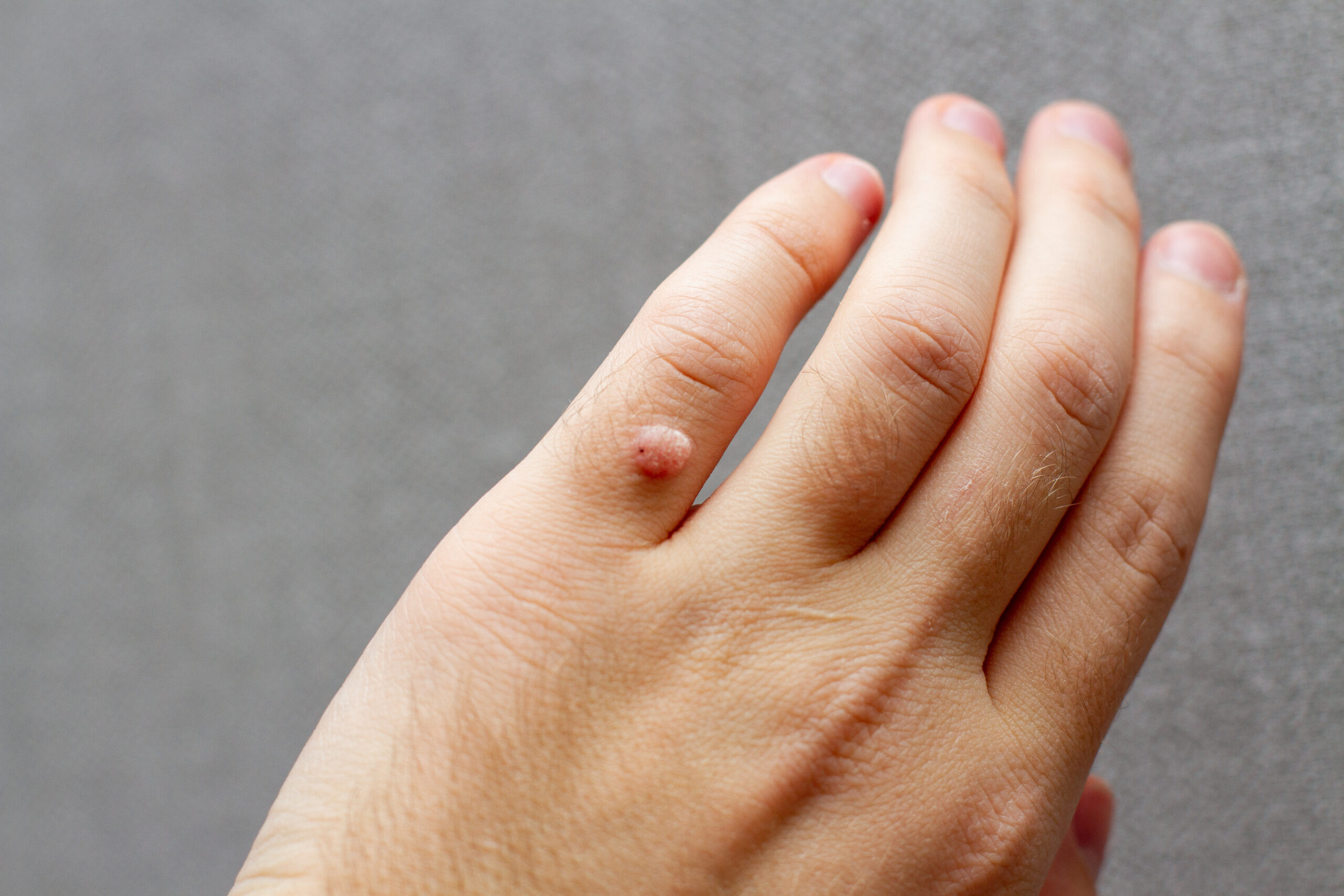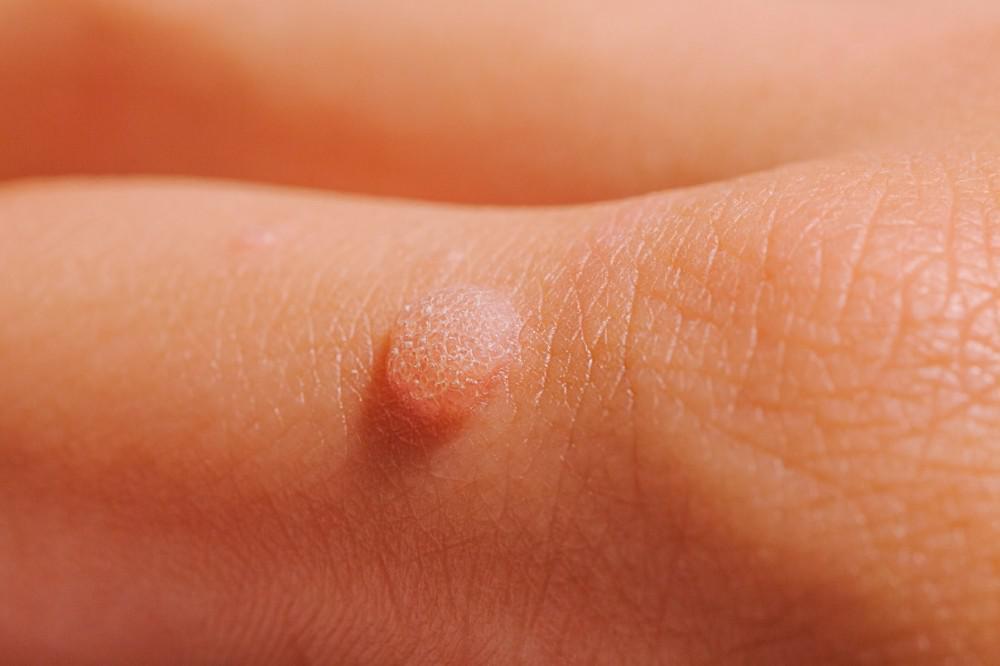Wart Removal

Understanding Warts, Wart Removal, Diagnosis and Treatment
Before you can choose a method of wart removal, you need to understand what a wart is and identify the type of wart you might have. A wart occurs when a tiny portion of the skin grows at a faster than normal rate. These benign growths are usually caused by the human papillomavirus (HPV) and can be contagious. Warts can be recognized by their rough surface, although they are usually skin colored. They often disappear on their own; however, it could take months, or even years, for warts to fall off. These growths can occur anywhere on the body, including the face, hands, feet and genitals. Be careful never to treat facial and genital warts with home remedies.
Elias Medical
Experience Exceptional Medical Care!
When to Visit the Doctor for Wart Removal
If you are not sure whether the growth is a wart, it is best to consult a medical practitioner to rule out the presence of cancerous growth. This is especially important for people over the age of 60. If you suspect the existence of genital warts, get a medical examination done before you begin any kind of treatment. A wart on any part of an infant’s body should be shown to a doctor.
Here is a list of circumstances that warrant medical attention for wart removal:
Over-the-Counter Wart Removal Options
Most over-the-counter wart removal preparations are made of salicylic acid and are sold in the form of gels, drops, plasters and pads. Such preparations can be used for any type of wart, including plantar wart removal. Salicylic acid helps to dissolve the keratin that forms the basis of the warts, as well as the thick dead skin later on top. Recent advances in technology have also made available over-the-counter aerosol sprays that help in wart removal by freezing them to a temperature of -70oF (-57oC). Most dermatologists, on the other hand, use liquid nitrogen, which freezes the warts to -320oF (-192oC).

What Happens at a Doctor’s Visit for Wart Removal
The first thing a doctor will do is to determine whether the growth is a wart. Once the existence of warts has been determined, the doctor will prescribe the required treatment. The removal of warts on infants can be tricky and should be done with care, since it can cause discomfort or even pain. The doctor will also determine whether the wart needs immediate removal or whether you should follow a wait-and-watch approach. Difficult warts could require repeated visits to the doctor for wart removal treatment. Here are some common wart removal methods used by doctors:
Cryotherapy
This method kills both the warts and the HPV by freezing them. Liquid nitrogen is most commonly used as a freezing agent. This could sting a bit and there are times when doctors consider using a local anesthetic. A bandage could be used to protect the area till the wart falls off, which usually takes about 15-20 minutes. The treatment could lead to a blister, which takes a couple of days to subside.
Laser Surgery
This type of wart removal is usually preferred for genital wart and plantar wart removal. A more expensive procedure, laser surgery could lead to the patient experiencing pain for several days following treatment. There could also be a slight risk of infection. However, this is one of the most effective treatments for stubborn warts and leads to minor or no scarring. In laser treatment, an intense light beam is focused on the wart, which helps to burn it away. The two most common types of laser surgeries are pulsed dye laser and carbon dioxide laser.
Cantharidin
This is a naturally occurring toxic chemical. It is diluted for the purposes of wart removal. The doctor usually paints the warts with Cantharidin and then uses a bandage to protect the area. This bandage is required to be worn for 24 hours. The procedure is not only painless, it also does not lead to scarring.
Electrosurgery and Curettage
In electrosurgery, high frequency electric current is used to burn away the warts. This procedure takes about 30 minutes. Curettage means that the doctor uses a surgeon’s knife to cut away the warts.
– FAQ –
Have Any Questions?
We also offer affordable permanent hair removal using cutting edge techniques and technologies in laser therapy.
How contagious are warts? How can I stop them spreading to others?
Who can get warts?
How can I prevent warts from occurring?
GET IN TOUCH –